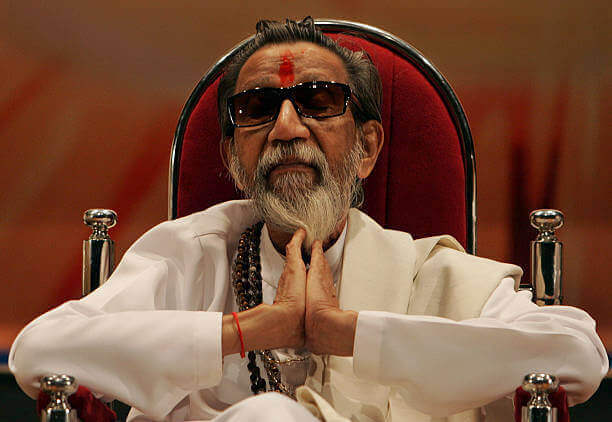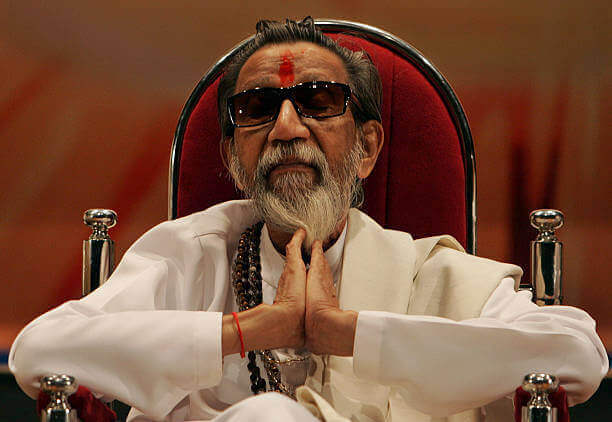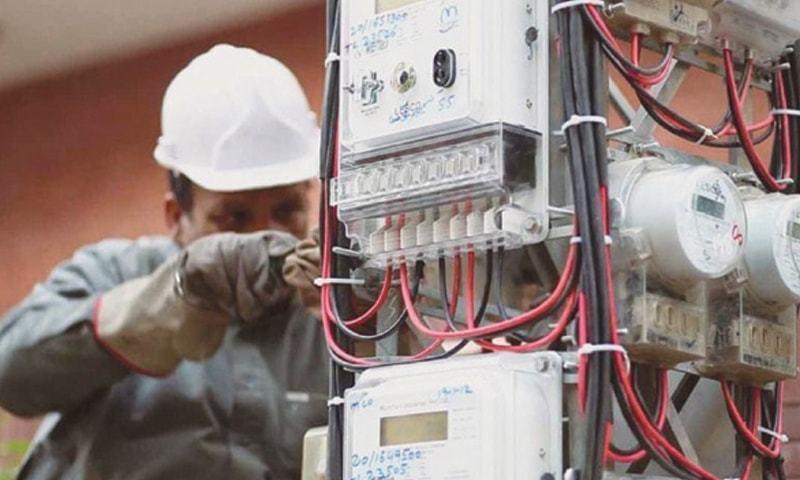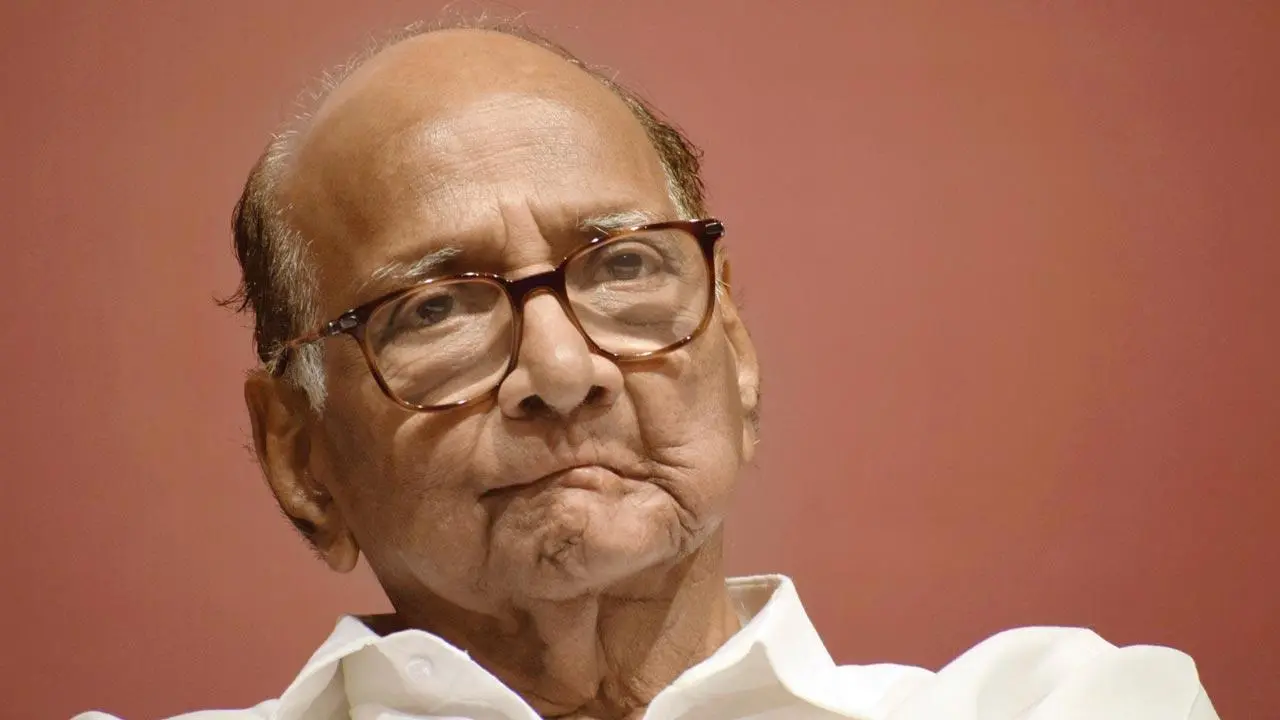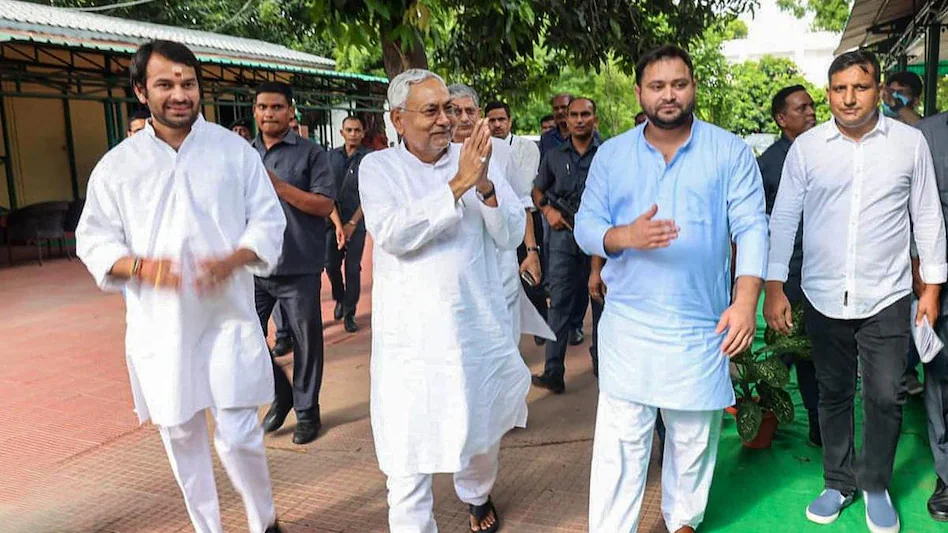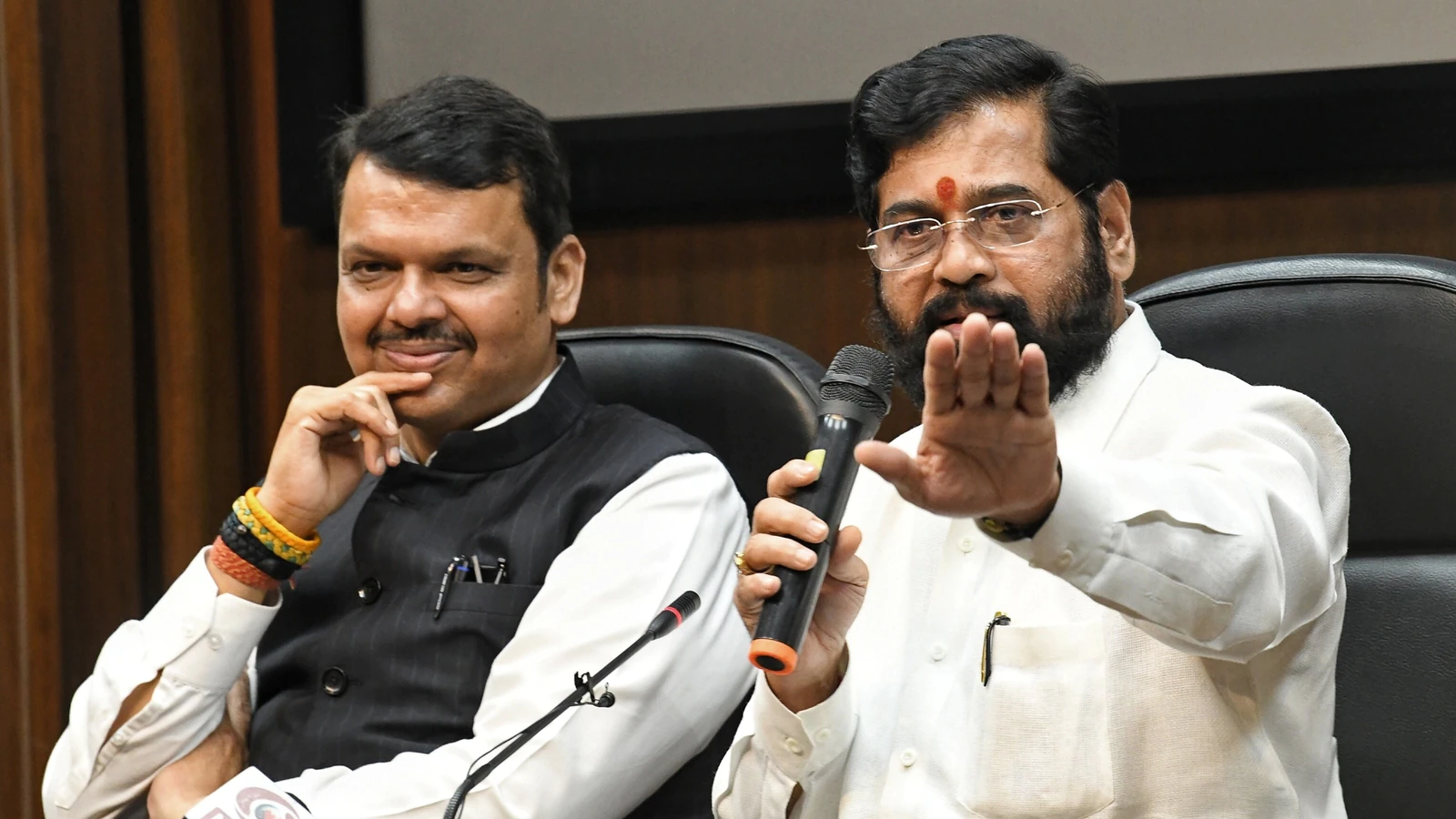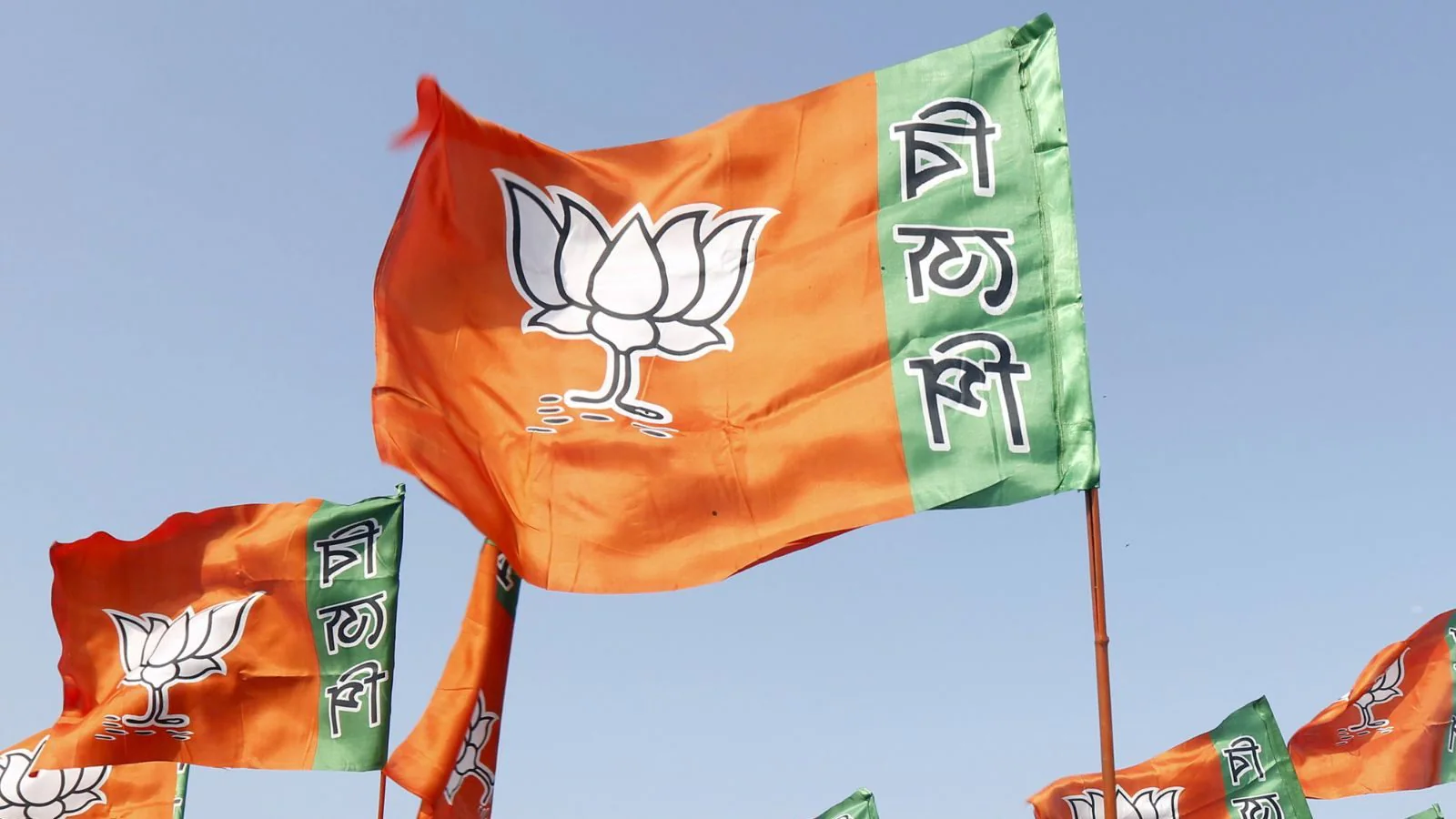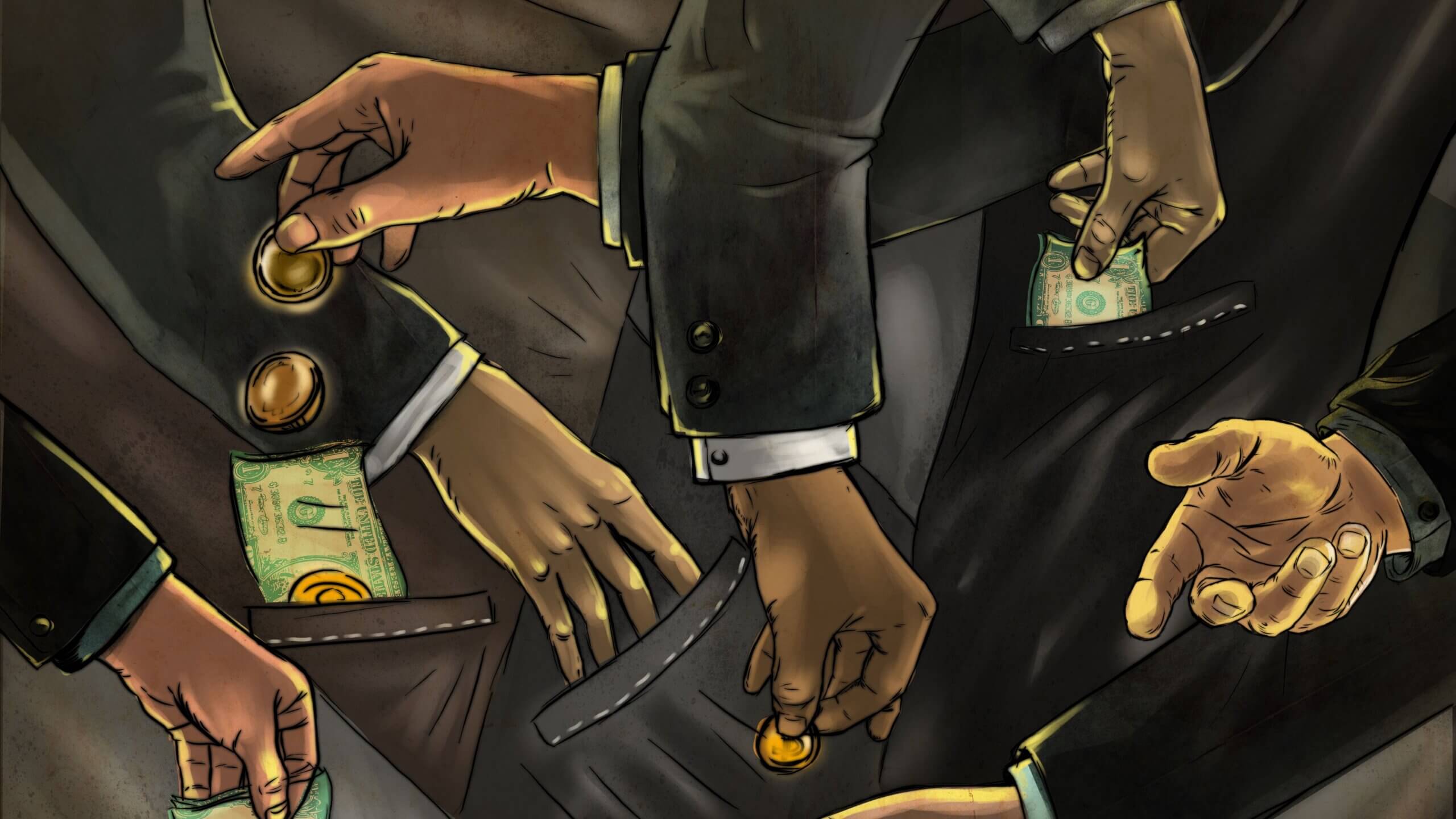Nagpur: It all started back in 1960, when Bal Thackeray, a political cartoonist, quit The Free Press Journal and its Marathi Daily Navashakti after a few disagreements with the ‘Non-Marathi’ boss. Thackeray then, with his brother—Shrikant (who is the father of now Maharashtra Navnirman Sena chief Raj Thackeray) launched a Marathi daily called ‘Marmik’. The name ‘Marmik’ was suggested by Bal’s father, Keshav Thackeray (also known as Prabodhankar).
In no time, Marmik became exceptionally famous in Maharashtra and mainly among the Marathi- speaking crowd. Six years later, in 1966, Shiv Sena was born. The name of the party was kept by Keshav Thackeray. The party was formed to advocate the interests of people of Maharashtra, in Mumbai’s political landscape. Bal followed the ideas of his father—Keshav, who was then a leading figure in Samyukta Maharashtra Movement. Before going ahead, you must be wondering what exactly this movement is about.
What was Samyukta Maharashtra Movement?
The Samyukta Maharashtra movement couldn’t be called as ‘just another movement.’ The movement lasted for almost five years, leaving the ruling political party leaders exposed. Another aspect which makes it a bit different was a huge participation by women. The movement was led by Samyukta Maharashtra Samiti, which included the Communist Party, Praja Samajwadi Party, Peasants & Workers Party and Republican Party. Back in 1920, the Britishers had merged the states according to their administrative conveniences, without considering the regional languages which later brought unrest among the masses. In simpler terms, Samiti (Samyukta Maharashtra Movement), advocated for a separate Marathi-speaking state in the ‘New India’.
The Non-marathis had taken over Mumbai, quite literally. Be it work places or Kirana shops, the locals were being oppressed by the non-marathi speaking crowd or the south Indians and were often called as ‘ghaatis’.

As the Marmik continued to grow in the state, various people started approaching the Maharashtrian favoured magazine for their complaints and discriminations against them at their workplaces. Back then, the Thackeray’s had no plans to turn the Sena into a political party or give it a political wing. They made it clear that it would fight against the oppression of the ‘Marathi Maanus’ which means the Marathi common man.
It was Keshav’s idea that a political party should be formed to fight for the rights of the Maharashtrians and the Marathi-speaking people. The term ‘Marathi Manus’ took Sena to places. The slogan instilled confidence in the local man and made the party emerge in Bombay elections. Sena also came up with the very famous ‘Bajao pungi, Hatao Lungi’ campaign which meant to sweep away south Indians from Maharashtra.
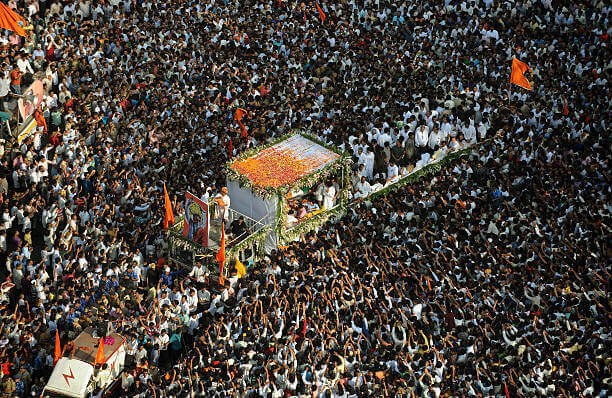
By their new-fangled ideas and campaigns, Sena ended up winning almost 42 seats out of 121 seats in 1968 Mumbai civic elections. The Maharashtra-Karnataka border issue was indeed, Sena’s favourite issue. Sena had organised several agitations to pressure the Union government to transfer disputed areas in Karnataka to Maharashtra. In 1969, Thackeray got arrested for inciting the dispute with the neighbouring state. Bombay was then on Thackeray’s fingertips.
Sena had absolutely no plans to choose the non violent path back then. Some termed it as ‘Thackeray’s Gunda Raj’ while some started worshipping Thackeray. In 1970, Shiv Sena workers were arrested for murder of then Parel MLA Krishna Desai, who happened to be from the Communist party. After murdering Desai, the power hungry Sena appointed their leader Wamanrao Mahadik as the new Parel MLA.
June 26, 1975, then Indian President Fakhruddin Ali Ahmed announced ‘National Emergency’ across the country under the rule of then Prime Minister Indira Gandhi. When everyone else went under the panic mode and criticisms started coming in from the opposition parties and other countries, Thackeray met Gandhi and supported the emergency. Congress being the rival of Sena and having the left ideology, it was a shocker for everyone to see Thackeray’s right-winged party support it. A lot of questions, but everyone stayed mum and somehow everyone knew the answer. Thackeray supported the emergency so that he doesn’t get arrested. Two years later when the emergency was called off, neither Congress nor Sena could mark their territory in Mumbai. BJP had entered the game. Power-hungry Sena then supported the Janta Party leader to become the mayor of Mumbai. Well, Thackeray always had his reasons ready. When asked about the sudden support to the BJP, he replied saying that the leader is married to a Marathi woman and was the son-in-law of a Marathi community.
Confused Sena again lend their hand to Congress in Assembly elections but this time because of Thackeray’s personal relation with then Chief Minister Abdul Rehman Antulay. Ironically, in 1992, Bal Thackeray was arrested for making anti-Muslim remarks which led to Sena losing polls in the same year. Three years later, Sena and BJP alliance come into power for the very first time in Mumbai, having the CM from BJP—Manohar Joshi.
Sena-BJP alliance couldn’t stay for long in the financial capital of India, and were defeated by the Congress-NCP alliance in 1999. In 2003, Bal’s son, Uddhav enters the game and named the executive president of Shiv Sena. Not able to digest this news, three years later, Shrinkant’s son, Raj, quits the ancestry party and forms Navnirman Sena.
Thackeray or perhaps his clan couldn’t stand anything against ‘Maharashtra’s Tiger’. People had soon started addressing Bal as ‘tiger’. Not able to take in the criticisms in the media against the Tiger, Sena goons vandalized offices of Hindi and Marathi TV news channels IBN7 and IBN Lokmat in 2009.
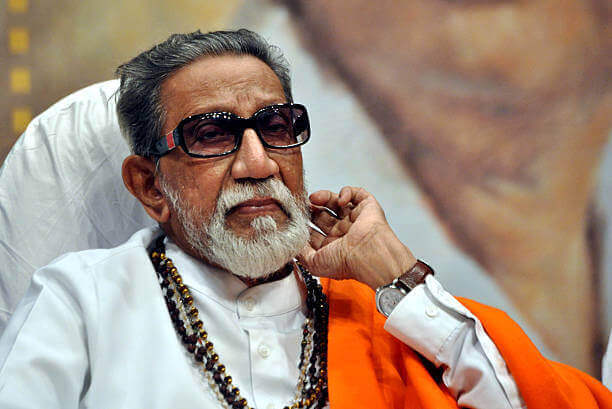
In 2012, Thackeray suffered a cardiac arrest and passed away. The day all the people of Mumbai were on streets. Maharashtra had lost its ‘lone tiger’. There were women breaking their bangles and crying, men standing numb. The whole state had come to a standstill with this news. Two years after Thackeray died, his son, Uddhav had broken their decades long alliance with BJP.
THE GAME CHANGER
2019, Maharashtra elections, Sena enters Politics. Yuva Sena leader Aaditya was the first one from his family to file the nomination from Worli, Mumbai. Sena and Mumbai, indeed had got a charismatic face to look up to now. Having a degree in Law and History, the young Thackeray went door to door campaigning to mark his territory into politics. Sena won with majority of the votes in Maharashtra and soon joined hands with Congress-NCP Alliance. And that’s how ‘Maha Vikas Aghadi’ was born. With having leaders like Sharad and Ajit Pawar, Supriya Sule, Sanjay Raut and the Thackeray’s, politics In Maharashtra got a new team to look up to. The Thackeray’s were back. Or maybe, they never left.
